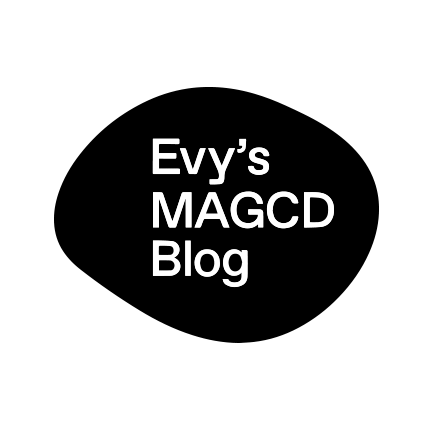This entry is mostly about writing my thoughts on Thursday’s evening lecture which got me thinking about the nature of the printed artefacts I study and create and the connection of materiality and memory in my practice. For instance, in my current project, I’m collecting information from the Norfolk Heritage Centre as well as firsthand accounts, creating a rich pool of material. Louise mentioned the challenge of re-representing this information in a tangible form, and it got me thinking about using this material to create interactive printed materials. These materials could serve as a tool for reflection on memories and associations with food, bringing a unique perspective compared to the prescriptive content found in pamphlets.
Incorporating illustration to breathe life into descriptions and capture the essence of the collected information could create a feedback loop. Each iteration becomes a facilitator of conversation rather than a mere collector and translator of information for archiving. The question arises: how long does this process need to be, and does it require an endpoint? I’m pondering if the essence lies in creating a continuous feedback loop, a method that can be applied to spark conversations about various subjects (In the case of this first experiment, around food memories). Using design to facilitate these loops turns the material into a work in progress, usable for research and archival purposes.
02 Response–
In response of Louise’s lecture and the research I was already conducting, I decided to experiment creating an A-Z set of cards, showing both the first hand account contrasted with a record from the archive. The purpose of this format is to use the cards as an interactive device, a facilitation tool, in order to generate new conversation with locals and get more insight knowledge.
As I focused my interactions on exploring memories around food in Norwich, sections of the oral narratives collected, serve as a starting point to this investigation, using both my own drawings and elements extrapolated from the printed matter at the archive.





03 Conclusion –
Although this is just a quick experiment based on a single visit to the archive and a couple of interviews, I think there’s so much opportunity to explore more around the relationship between memory and materiality focused on a single place and culture as a starting point for further research. I’m excited to see where the project goes moving forward and how I can engage with this idea of local memory in East Anglia through Graphic Communication Design.
